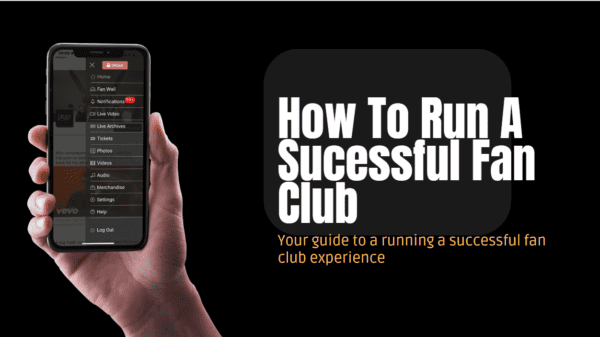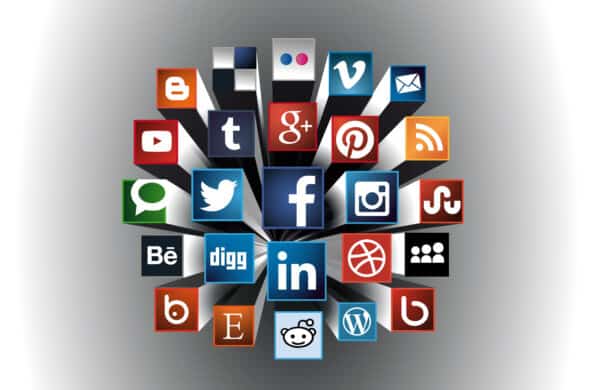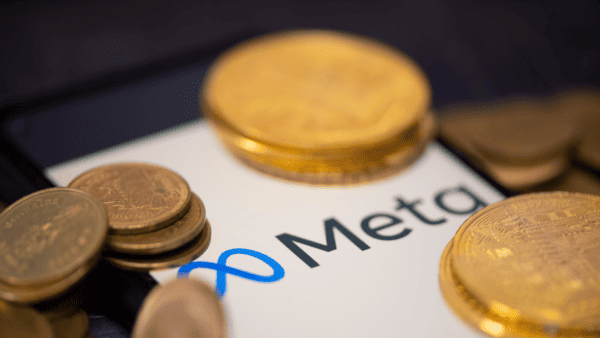There is little chance of fixing the streaming industry as it is but that’s ok. It serves the purpose of delivering music to music listeners really well and acts in the same way as radio has done for the last century. The only reasonable thing that could be changed is allowing artist pages on streaming platforms to include a “Biolink”, allowing users to get out of the loop. Even Instagram allow this. It’s not a big ask.
Like radio, streaming gets music to the masses. Unfortunately, it doesn’t allow users to reach their favourite artists on any other level other than to “save” their favourite songs to their playlists which doesn’t allow the streaming listener to feel connected with the artist. Fans are not lazy, they will take the extra steps to connect with the artist if they like what they hear. This is where fandom kicks in.
Monetising fandom
Streaming doesn’t allow to differentiate between music listers and music fans. Music fans are quite happy to pay more directly to the artists they love. Music listeners just, well listen.
Building fandom monetisation into streaming platforms also doesn’t work. As soon as there’s a “big company” involved in the transaction fans feel disconnected and weary of supporting, they don’t believe the artist gets the right portion of the money from their support. Facebook has also had the same issue. They’ve launched five, yes five versions of their tipping system in the last six years and all have quietly disappeared. Fans, again, don’t want to help out big business.
There’s plenty of examples of fans supporting artists directly that work very well indeed. We are one of them here at FanCircles and there’s also Patreon and Bandcamp. Each of these work, and provide a route for artists to earn directly from fans that are more than willing to support artists.
These artist-centric experiences are not niche, they are for music fans. If you measure everything by number of plays then you’re already making the wrong assumptions. Streaming is random access radio. The music charts never used radio to measure who is/was in the “TOP TEN” – They used fandom which traditionally was the sale of physical product.
Re-creating an environment where artists and fans can come together is actually quite simple. Build the platform and the fans will come. Simple as that. And to dispute that is the same as disputing that fans can’t be bothered to go to a venue and would rather have the artist play in their living room. Fans go where the artist tells them to go. Fact! Ask any promoter.
In Summary
If the artist has (and this is important) an “own branded fan club app” their fans flock to it.
Streaming and social media channels should then be used to advertise to their social followers with content that is exclusively available on the artists’ own platform. We already do this and the latest examples we are working with are The Levellers, Ed Harcourt, UB40 and Mach Hommy. Both of these have healthy incomes from their fans and both use streaming and socials to pull their audience into a community that not only supports the artist but allows fandom to grow. Oh, and they own their own data.
Streaming (and social networks) work in tandem with fan club apps if they are used in the right way. That’s what we help you do.
Kevin Brown
CEO – FanCircles
supporting the #brokenrecord campaign.
Author: Kevin Brown
Kevin, the CEO of FanCircles, is a serial entrepreneur with extensive experience in both the tech and music industries. He has managed arena-level artists and founded Affiliate Window (Awin.com), which he successfully exited in 2012 after its acquisition by Axel Springer. Recognizing the needs of artists and labels to connect directly with fans, he embarked on the journey of establishing FanCircles.



